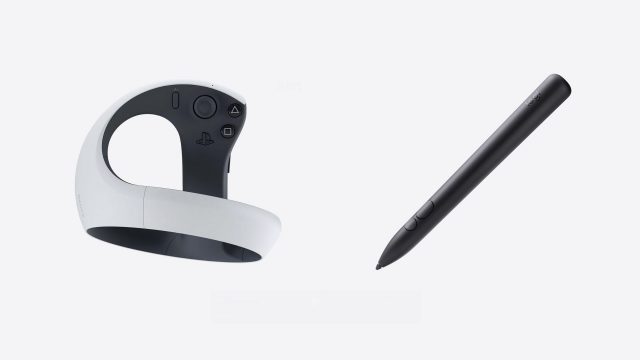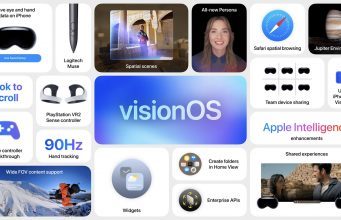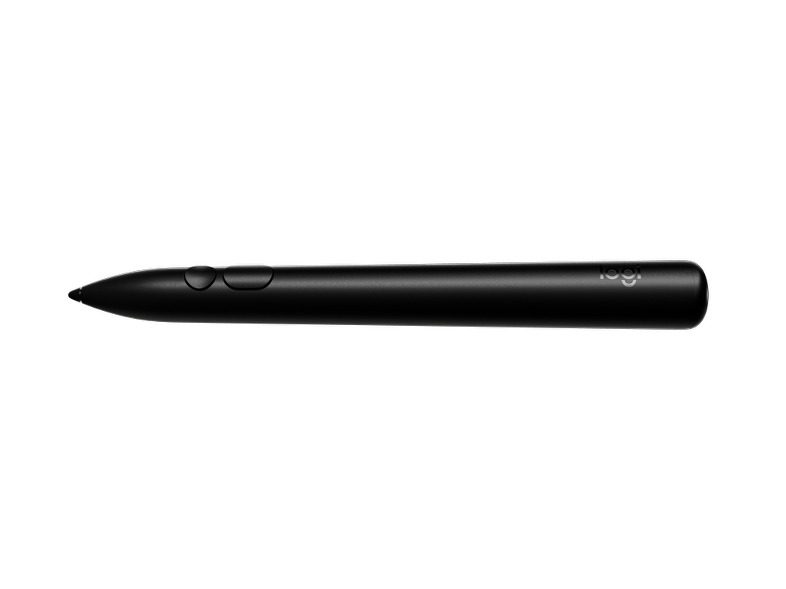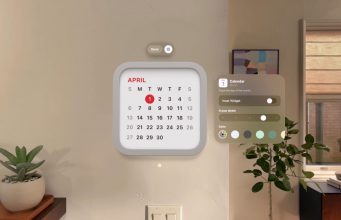If you’ve paid attention to Apple-related news throughout the past few weeks, you might have heard of rumours of the Cupertino-based company potentially renaming its upcoming OS lineup with the number “26”, aligning with the year 2026, rather than going with the sequence of their respective versions. Now that the Worldwide Developers Conference (WWDC) 2025 has taken place and ended, we know that the rumour turned out to be true. The conference saw the debut of iOS 26, WatchOS 26, tvOS 26, MacOS 26, VisionOS 26, and iPadOS 26.
Why “26” instead of “25”, you ask? Well, Apple often only release its latest OS officially near the end of the year, hence naming them with “26” would make more sense as we welcome the year 2026 in a few months’ time. Anyway, in this article we will be focusing on iOS 26 and the essential new features and changes it’s bringing to the table. More info after the jump.
iOS 26 introduces new “Liquid Glass” design, inspired by VisionOS


To accompany its name change, Apple has given iOS 26 the biggest design overhaul the OS has seen since iOS 7 in 2013. Having taken design cues from VisionOS, iOS 26 features what Apple calls the “Liquid Glass” design, which features, you guessed it, glass-like elements.
From clocks to notification tiles to widgets and search bars, the UI shimmers and features animations inspired by glass. Native iOS apps like Apple Music and Apple Maps have also received the same design treatment. In fact, on top of the classic light and dark mode, you can now turn your iPhone’s UI transparent, which is quite refreshing and cool to see if you ask me.
Native apps like Camera and Photos streamlined, made “smarter” with Apple Intelligence


Since it has already made the effort to redesign iOS 26, Apple has also cleaned up some of its native apps like Camera and Photos to make them easier to use and on the eye. For instance, the Photos app is now finally decluttered and less confusing to navigate.
No longer will you find yourself scrolling through the app and end up getting lost, which I often did with iOS 18 and older versions. The Photos app homepage now consists of two main tabs — Library and Collections, making it easier to find what you need.



The Camera app has also gotten a major redesign. Upon launching the app, you will be presented with two basic modes — Photo and Video, keeping the interface clean. This will make the iPhone camera, which was already easy to use in the first place, even easier moving forward, especially for everyday users.
So, where have the other modes and features gone? To reveal them, you can either swipe or tap at the top or bottom of the UI to access other modes such as Cinematic and Portrait, as well as controls like timer, exposure, and flash.


Safari is now cleaner too, leaving you with minimal UI elements like the search bar and back button for a less intrusive browsing experience.
Other native iOS apps, including Phone, Messages, and FaceTime, have also gotten the same facelift treatment, along with an injection of Apple Intelligence to make them, well, smarter and more intuitive to use.



First off, the Phone app now comes with an optional “Unified layout” which allows you to pin your favourite contacts at the top. Apple Intelligence will also proactively help group your voicemails and give you a summary at a glance, informing you of the content before you click in to listen.
Moving on, Phone, FaceTime, and Messages now support Live Translation, while Apple Music gains new features like Lyrics Translation, Lyrics Pronunciation, and Automix, which can help you line up music like a DJ with time stretching and beat matching.
iOS finally catches up with call screening, spam detection, and hold assist

iOS 26 also introduces two new features which Android has had for a couple of years. First off, your iPhone will finally be able to help screen calls and messages for you to detect potential spam, and will flag them as so if it does, a feature Google introduced with Android back in 2018. Yes, that’s seven years ago.
Hold Assist is new on iOS 26, which can help hold a call for you when you’re put on hold when talking to a call agent, and will alert you when the agent is back on the line. In the Android universe, this feature is now five years old. In fact, newer Google Pixel phones can even help screen your calls and messages to detect potential scams using live on-device AI.
Finally, Apple’s answer to Google’s Circle to Search?



Visual Intelligence has gained a new feature that’s sort of like Google’s Circle to Search, helping you get info on what’s on your screen. To use this feature, press the power and volume up buttons simultaneously, just like how you would normally take a screenshot on your iPhone.
From there, you can ask ChatGPT to find out more about the content on screen, conduct an image search using Google, or highlight a specific part of the screen to find out more info. Apple says the feature will also detect info such as the date, time, and venue of an event and present you with the option to save it into your calendar.
Apple CarPlay gets a “glow up”, with “light” and “dark” modes



After launching CarPlay Ultra, Apple has also given its “regular” CarPlay an update. Not only has this update with iOS 26 given Apple’s in-car system a glow up with light and dark modes to choose from, but also added new features such as Tapbacks, the ability to pin conversations to Messages, along with a new compact view for incoming calls.
All of these updates will also be available for Apple’s flagship CarPlay Ultra.
Updates to Apple Maps, Wallet, and AirPods, new Games app

With iOS 26, you can optionally allow Apple Maps to remember the places you’ve been to for easier future reference, just like what Google Maps has been doing for a while. But of course, Apple promises that your data is protected with end-to-end encryption. Maps will also utilise on-device AI to give you better route suggestions based on your daily commuting patterns.
Apple Wallet will give you the option to pay with instalments or rewards when making in-store purchases using Apple Pay via your iPhone. By storing your boarding passes in your Wallet, you will be able to see and share Live Activities to gain real-time updates on your flight. From here, you will also be provided with helpful info such as navigation to airports, or the option to track your items using Find My and report missing bags.
If you own an AirPods 4, AirPods 4 with ANC, or an AirPods Pro 2, iOS 26 will enable you to control your iPhone’s camera to snap a photo or record a video by simply pressing and holding the earbuds’ stem. According to Apple, Voice Siolation will allow you to conduct “studio quality” audio recording using those AirPods models mentioned above when connected to an iPhone, iPad, or Mac.
With iOS 26, there’s also a new Apple Games app that’s said to be an all-in-one destination for games, along with access to Apple Arcade. The Braille Access interface has been added, too, allowing you to connect your iPhone with a braille display.
iPhone models to get iOS 26, official release date
If you’re using an iPhone 11 or newer, you will be getting iOS 26. This basically leaves out older models like the iPhone XS series, XR, and SE 2020 (2nd gen), which got iOS 18 as their last OS update. As before, only the iPhone 15 Pro, 16 series, and later will support Apple Intelligence and its related features.
Set to be released to the public officially sometime in September, the only way for you to try out iOS 26 as soon as possible, if you’re not a developer, is to install the public beta in July by signing up at Apple’s website. If you’re a developer, the first edition of the developer beta is already out.






